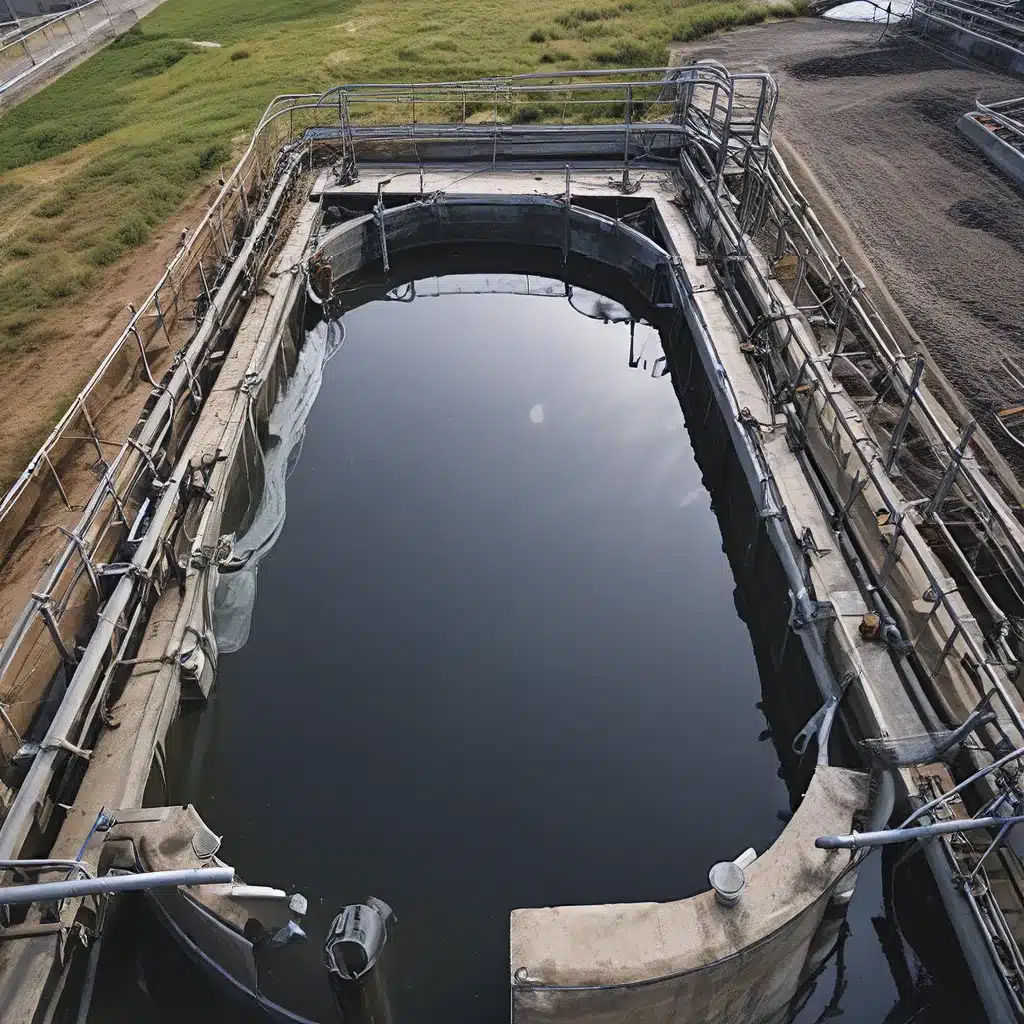
Bringing Water Treatment into the 21st Century
As the world grapples with a deepening water crisis, the pressure is on for water utilities to find innovative ways to improve efficiency, boost sustainability, and secure our most precious resource. Fortunately, the digital revolution is here to save the day. By embracing cutting-edge technologies, we can transform wastewater treatment operations and usher in a new era of smart, resilient water management.
The challenges facing our water systems today are nothing short of daunting. Climate change is bringing with it water scarcity and the urgent need for resilient infrastructure. In fact, the World Health Organization reports that 25% of the global population already lives under water stress, and by 2030, that figure is expected to reach almost 50%. Yikes! As these challenges escalate, the call for innovative solutions has never been louder.
The good news is that the solutions we need are already within our grasp. We just need to have the courage to embrace the digital revolution and usher in a new era of smart, sustainable water management. And trust me, the team at Inland Waters is more than ready to lead the charge.
Harnessing the Power of Digital Transformation
So, what does this digital revolution in wastewater treatment look like, you ask? Well, buckle up, because we’re about to dive into a world of cutting-edge technologies that are poised to transform the way we manage our water resources.
First and foremost, utilities are recognizing the urgent need for decarbonization to combat the effects of climate change. More than 80 water and wastewater utilities have already set net-zero and climate-neutrality goals, and they’re committed to meeting those targets with strategies that optimize operations while slashing greenhouse gas emissions. Case in point: Scottish Water has made a big dent in its greenhouse gas emissions by deploying advanced technology at 200 pumping stations across its network. By combining high-efficiency pumps and advanced digital technologies, the utility was able to reduce its energy consumption by up to 60%, accelerating its journey toward carbon neutrality.
But the digital revolution isn’t just about cutting emissions – it’s also about water reuse. The recent passage of legislation in California approving direct potable reuse is a game-changer, as it paves the way for securing water supplies in drought-stricken regions. By integrating advanced technologies like UV disinfection and membrane filtration with smart digital tools, utilities can treat and reuse wastewater in a sustainable and efficient manner. Just take a look at the partnership between Xylem and Metro Water Services in Nashville, where digital twin technology helped the utility optimize its operations and monitor recycled water usage. Talk about a match made in wastewater heaven!
But the digital revolution doesn’t stop there. We’re also seeing the growing prevalence of digital technology on the global regulatory agenda, which signals a shift in industry standards. For instance, new rules set forth by California’s Sustainable Groundwater Management Act require the use of digital technologies to meet the goals of local agencies’ groundwater sustainability plans. In other words, digital investments are becoming essential for achieving regulatory compliance, as utilities align their strategies with evolving regulations.
Navigating the Digital Transformation Journey
Now, I know what you’re thinking – “Wow, this all sounds amazing, but how do I even get started?” Well, my friends, the journey toward digital transformation is a bit like learning to ride a bike. It’s not always smooth sailing, but with a little trial and error and a whole lot of patience, you’ll be zooming down the digital highway in no time.
Just take a look at the story of Silver Creek Water Corporation. Back in 2001, they took their first steps into the digital realm by transitioning from manual meter reading to automated meter reading (AMR). This shift was initiated to navigate their growing customer base and high employee turnover. But they didn’t stop there. In 2015, they took it up a notch by upgrading their system with Xylem technology, allowing them to manage and monitor meters remotely for enhanced operational efficiency and improved customer service. And you know what? They’re still experimenting with new technology to this day!
The moral of the story? Digital transformation is a commitment to continuous improvement. It’s a journey, not a destination. And the team here at Inland Waters is here to guide you every step of the way.
Embracing the Digital Future, Together
So, what can you do to get started on your own digital transformation journey? Well, the first step is to embrace the mindset of a true digital pioneer. Be curious, be bold, and be ready to get your hands dirty (metaphorically, of course – we’re talking about wastewater, after all).
Start by taking a deep dive into the latest digital technologies that are disrupting the water industry. From advanced metering infrastructure (AMI) to digital twin technology, there’s a whole world of innovation waiting to be explored. And don’t be afraid to experiment – try out different solutions, see what works best for your utility, and be willing to adapt as your needs evolve.
But it’s not just about the tech, my friends. It’s also about fostering a culture of innovation within your organization. Encourage your team to think outside the box, to challenge the status quo, and to embrace the power of collaboration. After all, the most groundbreaking solutions often come from the most unexpected places.
And let’s not forget about the importance of data. By harnessing the power of real-time monitoring, predictive analytics, and digital twins, you can unlock a treasure trove of insights that will transform the way you operate. Imagine being able to predict and prevent water quality issues before they even happen – it’s a game-changer!
So, what are you waiting for? The digital revolution in wastewater treatment is here, and the team at Inland Waters is ready to help you embrace it. Together, we can usher in a new era of smart, sustainable water management and ensure a brighter, more water-secure future for all.


